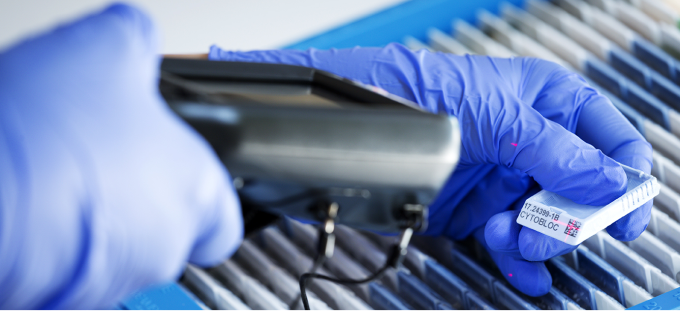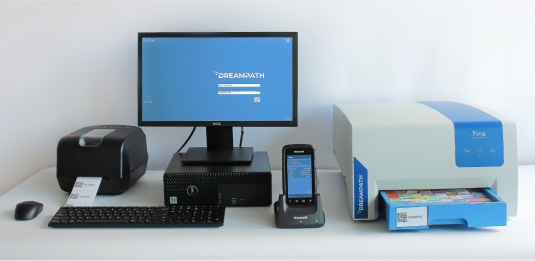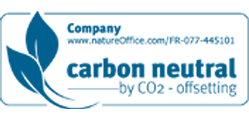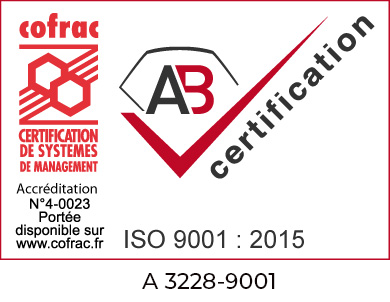
The Challenge: The pathology lab at Thomas Jefferson University Hospital processes over 800 cases daily, which each were manually archived and tracked, resulting in a large time burden on the lab staff and created continuity errors when tissue samples were pulled without proper documentation.
The Solution: To better achieve their goal of providing accurate patient diagnoses in a timely manner and reduce the frustration and inefficiency of their manual archiving system, TJUH lab supervisor, Sue Paturzo, decided to implement the Fina Tissue Block Management System by DREAMPATH. Since implementing Fina, the TJUH team has saved approximately 2,132 hours annually, resulting in a cost savings of $51,168.
Profile
Thomas Jefferson University Hospital (TJUH), founded in 1995, is a renowned healthcare institution within the greater Philadelphia area. Their adept staff built a reputation of expertise that rivals larger institutions while maintaining the familiarity and attention to patient care of a smaller community hospital. This description aligns closely with the heartbeat of “the city of brotherly love” – a big city with a whole lot of small town charm.
Sue Paturzo joined the Philadelphia pathology community in 1972 as a certified histotechnologist. Paturzo’s diverse career includes supervisory positions in hospital and private laboratories, as well as roles within industry in quality control and sales.
In her current role as the supervisor of TJUH’s pathology lab, Paturzo oversees a team of histotechnologists responsible for processing 800-900 material requests daily. To ensure operational efficiency within the TJUH pathology lab, Paturzo implemented a cross-training program, which allows each team member to gain exposure to all aspects and functions of the lab. Additionally, this team manages requests from the Philadelphia medical examiner and Methodist Hospital, which merged with TJUH in 1996. These requests include specimens from neuropathology, gastrointestinal pathology, gynecological pathology, and ENT pathology.

Challenges of Manual Archiving Processes
«When you’re looking at hundreds of blocks with a lot of numbers on them, eventually you’re going to pull the wrong block. It’s extremely time consuming and extremely wasteful.»
Sue Paturzo
There are two challenges associated with the manual block archiving process: lack of documentation for audit trails and time associated with materials management.
Previously, when the TJUH pathology department received materials, they were faced with the arduous task of manually reconciling hundreds of blocks in numerical order. One of the challenges associated with manual block archiving is the retrieval process. Often, hospital residents, researchers, or staff pathologists would retrieve their required materials and fail to generate appropriate documentation. A blockwould be removed from the serially organized cabinet, and there would be a discontinuation of the audit trail, jeopardizing patient safety. Without proper documentation, there was no way to track who retrieved it, when it was retrieved, and for what purpose it was removed. A documentation process was difficult to enforce with this workflow.
Another challenge to materials management was increasing time efficiency during the block retrieval process. When requests to pull materials for additional processing (such as special stains or IHC slides) or send-outs were submitted, historically it was extremely time consuming to locate materials. Occasionally, the incorrect block was selected and additional time was required to Despite the existing barcoding measure at TJUH, which prevented label printing if the incorrect block was scanned, a great deal of time was still employed going back to retrieve the correct material after the problem was identified.
Transitioning to Automated Archiving
Paturzo knew that something had to be done to address TJUH’s biggest material management hurdles – detailed and accurate documentation, time management, and patient safety. As the custodian of all material within the TJUH pathology lab, Paturzo is responsible for ensuring her team efficiently locates these invaluable patient samples. She noted an increased frustration within her team regarding the inability to effortlessly retrieve materials, resulting in delayed turnaround times and compromised patient safety. The manual process they were using did not align with the department’s mission to provide accurate patient diagnoses in a timely manner.
Introducing the Fina Tissue Block Management System by Dreampath
«Patient safety is very important to me and being at a large institution and the type of cases we get, we are constantly going back to our blocks, whether it be for additional testing or research for a clinical trial, and being able to locate them in a timely manner and track them is the most important thing for me.»
Sue Paturzo
The Fina tissue block management system is designed to help improve sample traceability and save laboratories’ time and resources throughout the sorting, archiving, retrieval and re-archiving processes.
In just minutes, the Fina system scans hundreds of blocks and records their exact location — from the position in the tray to the final storage point (zone) in a laboratory’s on or offsite archive. The system is designed to help reduce the risk of losing blocks, improve operational efficiency and expand workflow capacity for both short and long-term storage.
By implementing Fina into the TJUH pathology lab workflow, Paturzo was able to regain control of their material management. The check-in/out controls provide visibility into who retrieved a block, why it was needed (reason), who requested the block (requestor) and when it is due to return (TAT reporting). Blocks that are checked out longer than anticipated populate a report that can be run as needed. As a result, the team no longer wastes time organizing blocks in numerical order and the increased traceability ensures patient safety is maintained.
«Patient safety is very important … we are constantly going back to our blocks … being able to locate them in a timely manner and track them is the most important thing»
Sue Paturzo

By transitioning from time consuming manual processes that are riddled with the potential for human error to an automated process utilizing the Fina and its components, TJUH was able to achieve the higher levels of efficiency and patient safety they were seeking and that the industry demands. Since installing Fina, the TJUH team has saved approximately 2,132 hours annually, resulting in a cost savings of $51,168.




